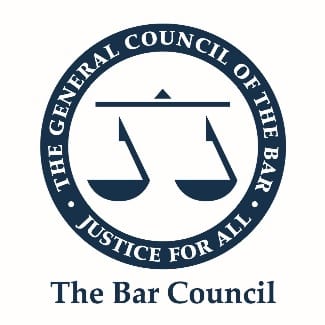HO v TL [2023] EWFC 215
Judgment date: 01 December 2023
https://caselaw.nationalarchives.gov.uk/ewfc/2023/215
Peel J. Final hearing. Guidance on factors relevant to valuing a private company; accessibility of extricating money from trusts per Charman; and extent of matrimonialisation of H’s extra-marital financial contributions.
H aged 49. W aged 56 with health issues. Three children in late teen years. H’s assets £7.295m including pre-owned trust assets. W’s assets £1.366m. Value of private company owned by family trust in issue. Parties c.£5m apart in open positions. Clean break vital given antipathy and emotion.
Parties worked together in their hotel chain business, hence HO v TL: Peel J anonymising cases in a memorable way. Business was centre of the marriage and family – a way of life for them – and lifestyle. Bedrock of wealth from H’s premarital wealth and extra-marital contributions by H’s family. During marriage H’s parents contributed £4.1m to help grow the business. H received loans from family trust to purchase properties, these loans having been funded by commercial borrowing by the trust. There were three family trusts. Trusts Y and Z benefited H and were dynastic. H’s notional share of trust Y worth £1.125m and Z worth about £10.26m. (Letters of wishes requested notional allocation.) Consideration of legal principles relating to valuation of trust interests, including Charman v Charman [2005] EWCA Civ 1606 test; Whaley v Whaley [2011] EWCA Civ 671; SR v CR [2009] 2 FLR 1083; and others. Judge finds trustees would if requested be willing to assist H and advance monies from Y and/or Z. Charman test satisfied.
Trust X owned 90.25% of the hotel business and H, W, and children were all beneficiaries – nuptial settlement capable of variation. Valuation of private companies can be fragile and uncertain; [22]. It is for court not expert to determine. Reliability of valuation depends on number of factors; [23]. Court’s choice is fixing value, selling asset, or dividing in specie (Wells sharing). Issues re liquidity and risk-laden assets and three ways of reflecting this; [26ff]. After hearing evidence of ‘impressive’ SJE, valuation should be £9.595m.
Total assets including pensions and W’s assets were £22,446,476. How much of the non-matrimonial money had become matrimonialised through being used for the business and homes? Held: Business and two family properties (one with a winery) were matrimonial; the rest, about £10 million were non-matrimonial.
Under the sharing principle W should receive £6,448,519 being half the matrimonial assets but this did not meet her needs. W’s needs were £3.25m for housing, and capitalised income needs of £4.5m on Duxbury basis, totalling £7.7m. On top of her own assets, W to receive £6.672m on needs basis. Upon payment W to be removed from X trust so business retained by H. H to pay child maintenance and school fees. W to receive about 34.5% of the overall resources. The trust assets were available resources.







